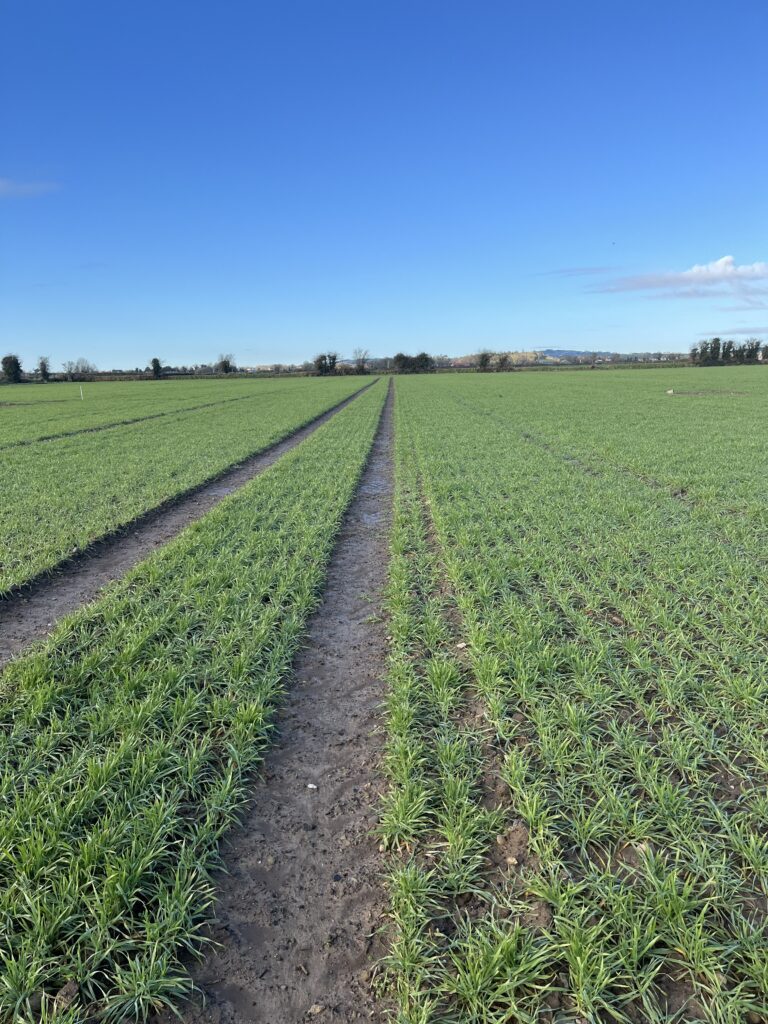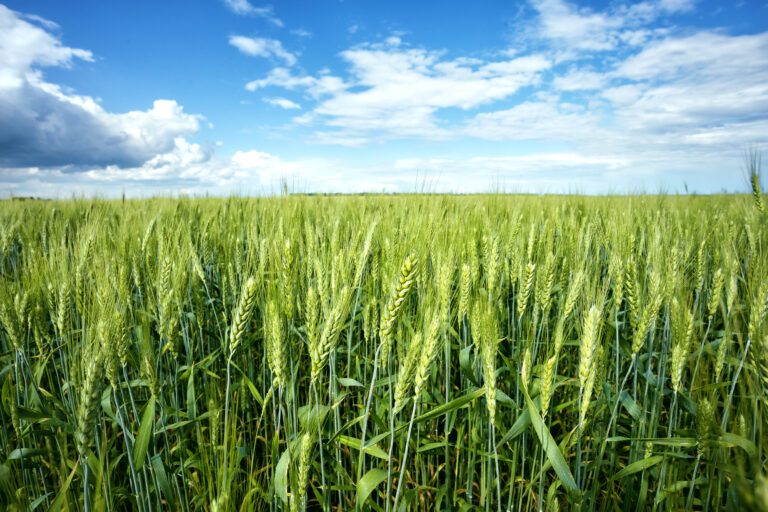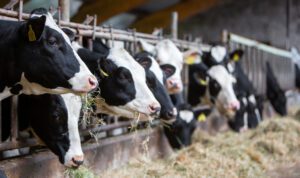Spring Seed
Now is the time to get ordering your spring seed for the upcoming planting season. Drummonds are offering some of the leading varieties that are on the recommended list including Lollipop, Skyway and Rockway. These varieties, available for the 2025 season, each offer unique benefits in yield, disease resistance and grain quality. Ear counts are crucial for spring barley harvests with good yields. Spring barley doesn’t yield more from early planting than wheat or winter barley.
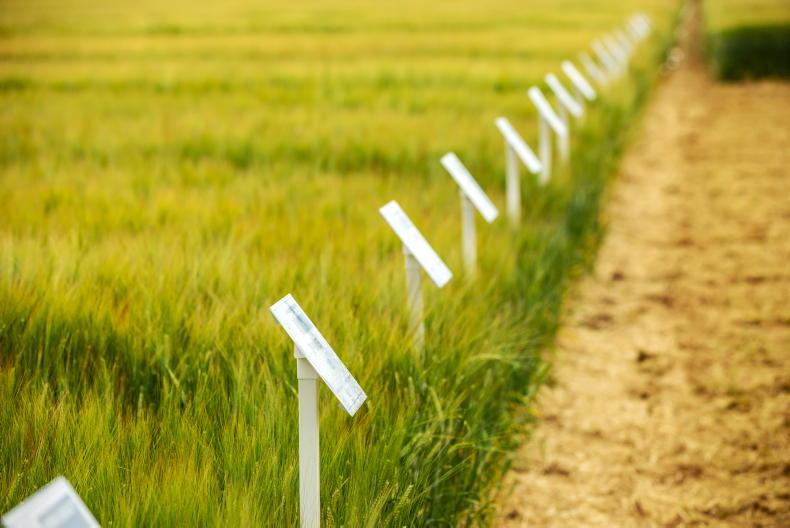
The best yields are obtained when the crop is planted in warm soil, where it requires two weeks for it to germinate and emerge. Prompt germination and rapid canopy closure reduces soil moisture evaporation, keeping the crop as competitive as it can be on grass and broad-leaved weeds. Maintaining a standing crop until harvest and preventing excessive seed rates that could impede this are among the key goals of effective agronomy.
One of the new standout varieties on this year’s list is Lollipop. Not only is it the highest yielding variety, but it also boasts the most impressive disease resistance package on the list, with a score of 8 for Mildew, Net Blotch, and most importantly Rynchosporium. Additionally, Lollipop excels in grain quality with a Thousand Grain Weight (TGW) of 61g, 4 grams ahead of its nearest competitor. In addition to spring barley, Drummonds will also have spring wheat, spring oats and beans available. For more information and spring seed orders contact your local Drummonds Agronomist.
Soil Health
A nutrient management strategy is one of the tasks that can be performed in the coming weeks. When purchasing chemical fertiliser, you must ensure that you are in compliance with the nitrates regulations since the fertiliser registration is currently operational. Ensure that every field has a current soil analysis report and if not, make plans to get any untested fields tested immediately. The nutrient management plan will be based on these soil tests, which will also establish the type and quantity of fertiliser you can purchase. Keep in mind that your fertiliser P allowance is zero if you do not have a current soil test. Similarly, you simply cannot risk employing organic manures unless you can determine the balance that chemical fertilisers should provide. Time is limited this spring, so act quickly.
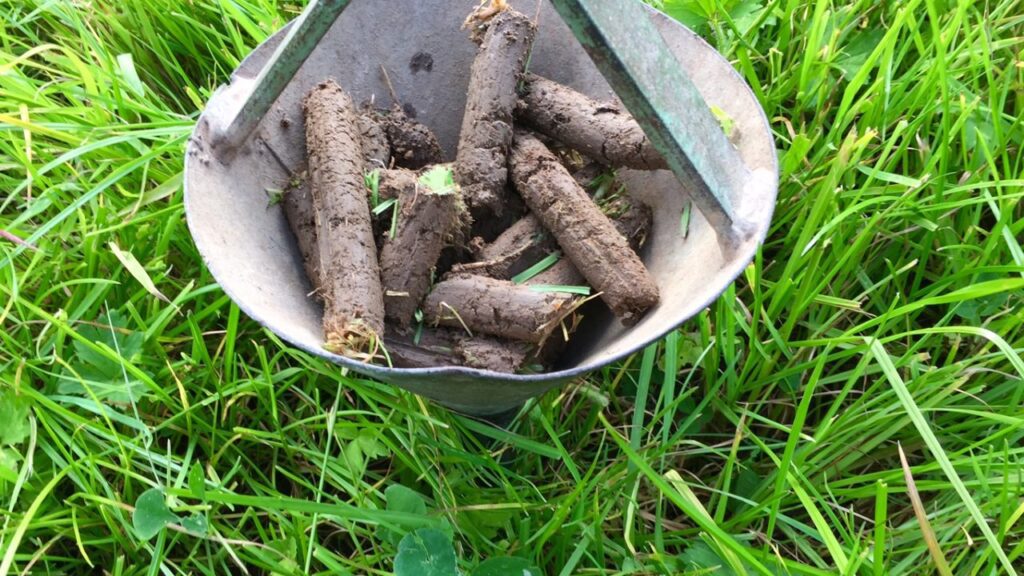
Drummonds offers a wide range of testing services tailored to farmers’ needs, along with various products to support soil health. One of these products is AgriPhos, an innovative PK fertiliser which is a game changer in sustainable agriculture. Derived from renewable sources, it contains essential nutrients including Phosphorus (P), Potassium (K), Sulphur, Magnesium, Calcium and Sodium, plus vital trace elements. AgriPhos encourages the development of a strong root system helping plants establish early vigour and feed early tillers, which can boost potential yields. AgriPhos is a source of trace elements which act as a natural liming agent reducing the possible use of ground Lime.
AgriPhos can be used in all areas across the farm from cereals, grasslands and root crops. For more information contact your local Drummonds Agronomist.
Crop Walking
As the ground begins to warm up and crops start to grow again, it’s crucial to be out in the fields, walking through the crops and assessing their condition. Many winter crops are thriving this year, with the early January frost proving beneficial by reducing aphid numbers, which had been high at the time. Winter barley varieties like Molly are standing out as high-yielding crops, and we plan to make the most of their potential in the coming months by applying the best agronomy practices.
A key crop to monitor in February is oilseed rape (OSR). Pigeons have been causing damage to crops from the end of December and will continue to cause damage across the month and into early March. Crops that are grazed will lower the Green Area Index (GAI) and this will determine how much nitrogen is required for the crop. OSR is the only canopy crop grown in Ireland that takes up surplus nitrogen from the soil in the early stages of development, which can be used to meet its future growth requirements. As a consequence, calculating the GAI of winter OSR at this time of the year can be used to calculate the amount of nitrogen available within the plant’s own tissues to promote growth over the coming weeks.
It is then a case of subtracting the GAI estimated figure from the crop’s total nitrogen requirement to work out the amount of artificial fertiliser that should be added to meet its full yield potential. OSR crops have a relatively high sulphur (S) requirement of 30-35kg/ha. Growers should use fertilisers with relatively high levels of S in the first two splits if possible.
